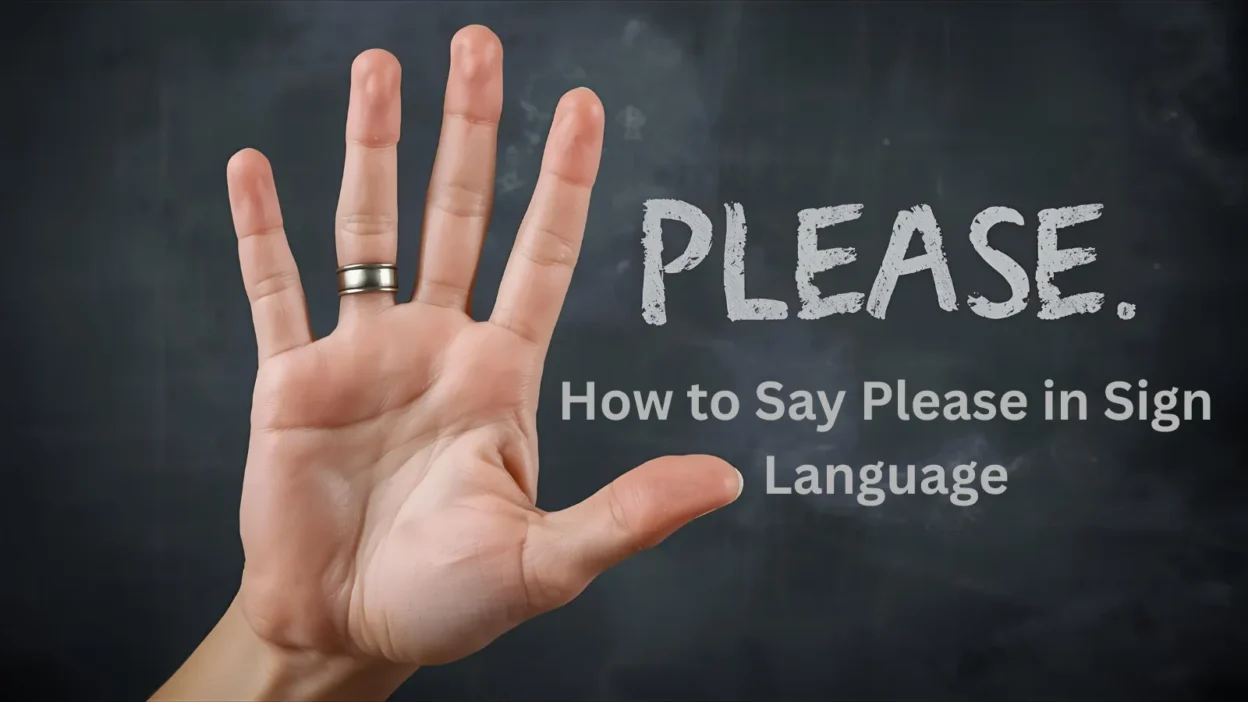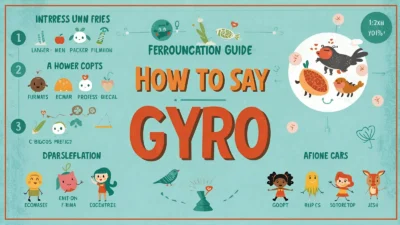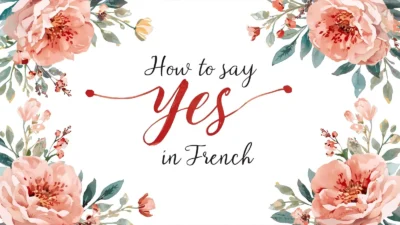Learning how to say please in sign language is an essential step to building polite and respectful communication in ASL. The gesture is simple but powerful, showing kindness and good manners without words. By mastering this sign, you can connect more meaningfully with the Deaf community and express courtesy naturally in conversations. Even if you’re just starting with ASL, learning this basic sign will make your communication feel warm and genuine.
Say Please in Sign Language
Let’s explore how to say please and other polite phrases in sign language. To say please, place your flat hand on your chest and move it in a circular motion—it’s the key gesture for polite requests. You can pair it with thank you, which is done by touching your fingertips to your chin and moving your hand forward, adding extra politeness. When you need attention, excuse me is shown by placing one hand in front and making a small circular motion. For apologies, sorry is expressed by making a fist and rubbing it in a circular motion over your chest.
15 Phrases table for Please in Sign Language (ASL)
| No. | English Phrase | ASL Usage / Notes |
|---|---|---|
| 1 | Please | Flat hand on chest, small circle |
| 2 | Please help me | Sign “please” + “help” |
| 3 | Please wait | Sign “please” + “wait” |
| 4 | Please come here | Sign “please” + “come” |
| 5 | Please sit down | Sign “please” + “sit” |
| 6 | Please stop | Sign “please” + “stop” |
| 7 | Please eat | Sign “please” + “eat” |
| 8 | Please drink | Sign “please” + “drink” |
| 9 | Please listen | Sign “please” + “listen” |
| 10 | Please be quiet | Sign “please” + “quiet” |
| 11 | Please forgive me | Sign “please” + “forgive” |
| 12 | Please understand | Sign “please” + “understand” |
| 13 | Please sign slower | Sign “please” + “slow” |
| 14 | Please repeat | Sign “please” + “again” |
| 15 | Please take care | Sign “please” + “care” |
✋ How to Sign Please in ASL
How to do it:
Place your flat hand on your chest, palm in. Move it in a circular motion over your chest. That’s the universal sign for “please” in ASL.
Origin:
This sign is rooted in natural body language—placing your hand over your heart symbolizes sincerity and humility, both of which are core to polite speech.
Now, let’s explore 15 practical ways to use the sign for please, each with an example and a bit of context.
1. Please pass me the water
👤 User A signs: Water (W sign to the mouth), please
👤 User B signs: (Nods, then passes the glass)
Background:
Used in dining situations. The “please” adds politeness to a simple request.
2. Please help me
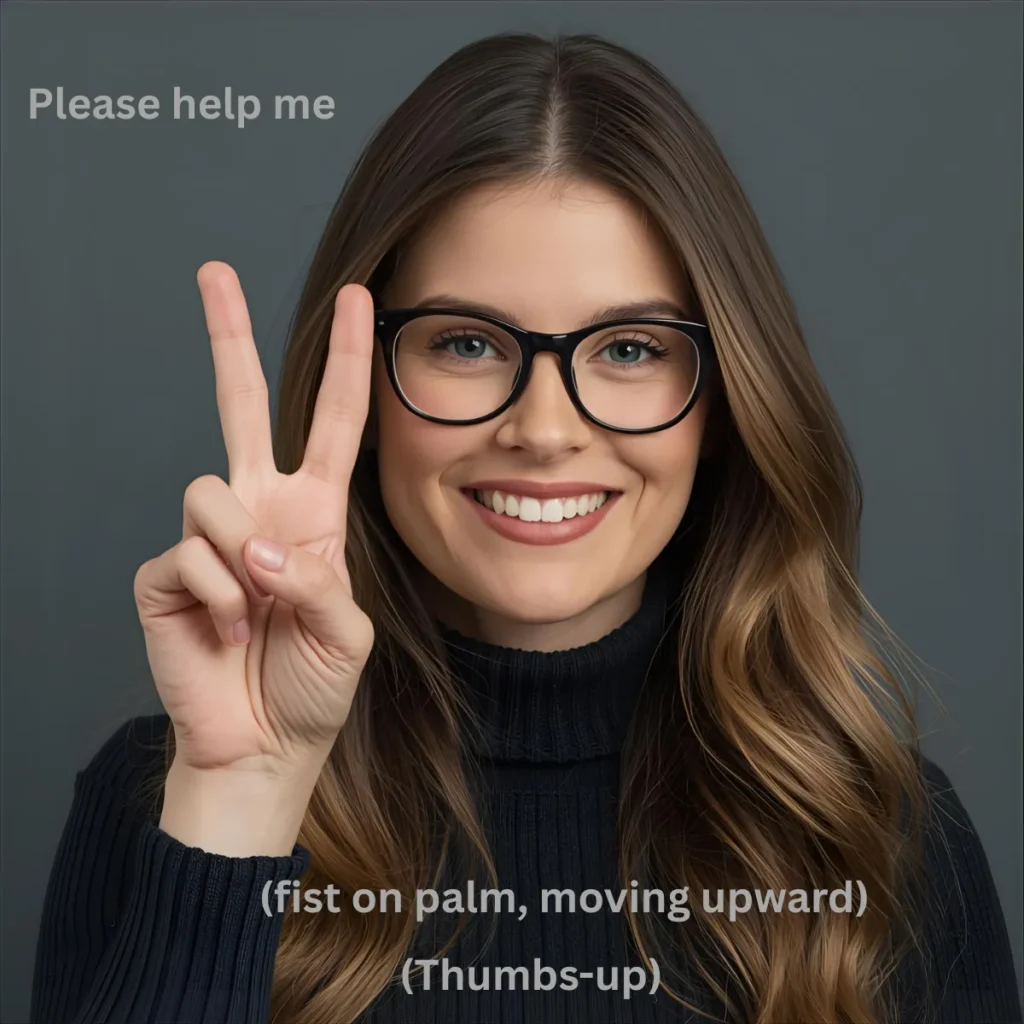
👤 User A signs: Help (fist on palm, moving upward), please
👤 User B signs: Sure! (Thumbs-up)
Background:
In ASL culture, adding “please” isn’t always required for help—but it shows respect and softens your tone.
3. Please wait
👤 User A signs: Wait (wiggle fingers while pulling back), please
👤 User B signs: (Nods and stays in place)
Background:
Often used in schools or doctor’s offices to politely manage time and patience.
4. Please sit down
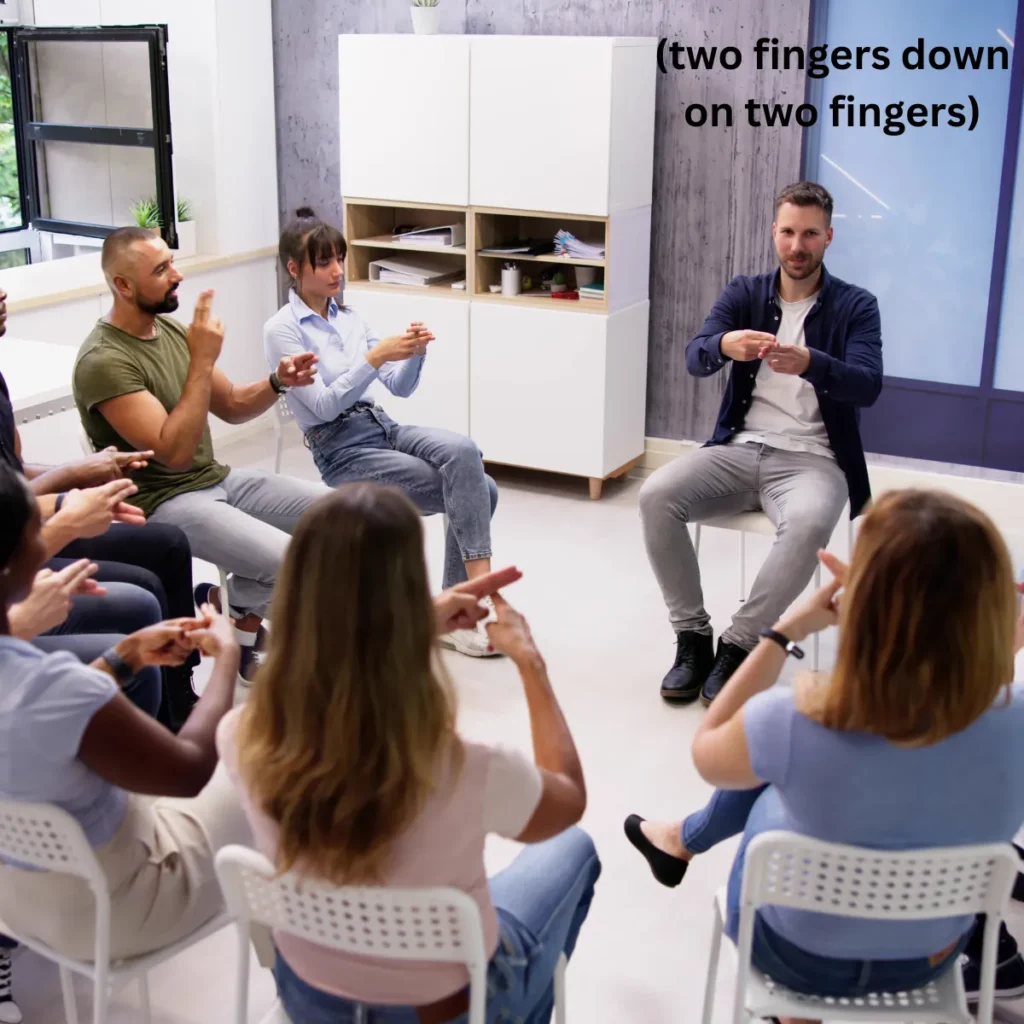
👤 User A signs: Sit (two fingers down on two fingers), please
👤 User B signs: Okay! (Sits)
Background:
Used by teachers, interpreters, or hosts—especially in structured environments.
5. Please don’t go
👤 User A signs: Don’t-go (shake head + directional sign), please
👤 User B signs: (Pauses, nods slowly)
Background:
Used in emotional or sensitive moments—often more powerful when combined with facial expression.
6. Please sign slower
👤 User A signs: Slow (slide hand up the back of other hand), please
👤 User B signs: Got it! (Signs slowly)
Background:
Common among new learners—asking for kindness and patience in communication.
7. Please come here
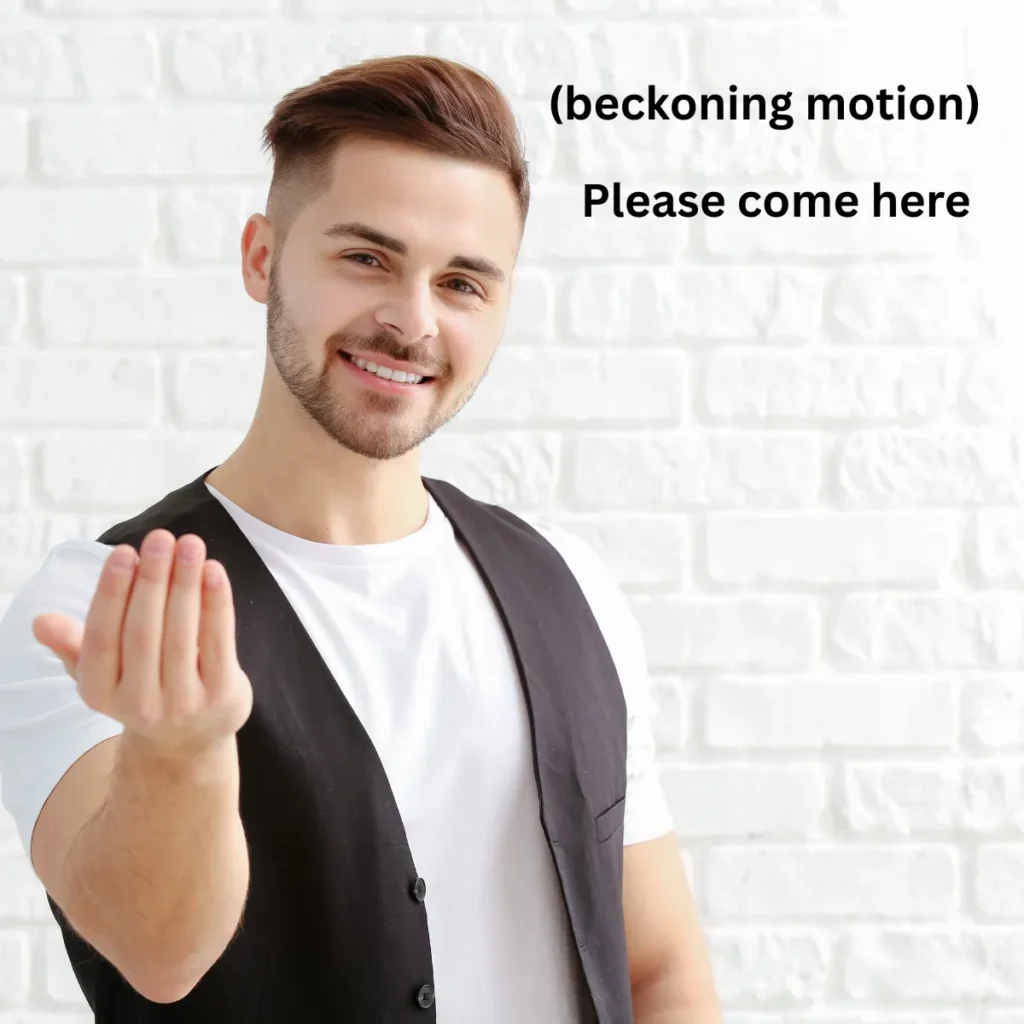
👤 User A signs: Come (beckoning motion), please
👤 User B signs: (Walks over)
Background:
Respectful when requesting someone’s attention—used in classrooms, homes, or public settings.
8. Please be quiet
👤 User A signs: Quiet (index fingers to lips, then spread hands out), please
👤 User B signs: (Stops talking)
Background:
Often seen in libraries, schools, or during performances—non-verbal cues are critical in Deaf spaces.
9. Please forgive me
👤 User A signs: Forgive (brushing hand over palm), please
👤 User B signs: (Nods, signs “okay”)
Background:
A deeply personal expression—combining “please” with forgiveness creates emotional sincerity.
10. Please eat
👤 User A signs: Eat (fingers to lips), please
👤 User B signs: Thanks! (Begins to eat)
Background:
Polite way to encourage someone to enjoy a meal—common at family gatherings or social events.
11. Please follow me
👤 User A signs: Follow (one hand behind the other), please
👤 User B signs: (Follows along)
Background:
Helpful in guiding someone through a location—especially in public services or guided tours.
12. Please stop
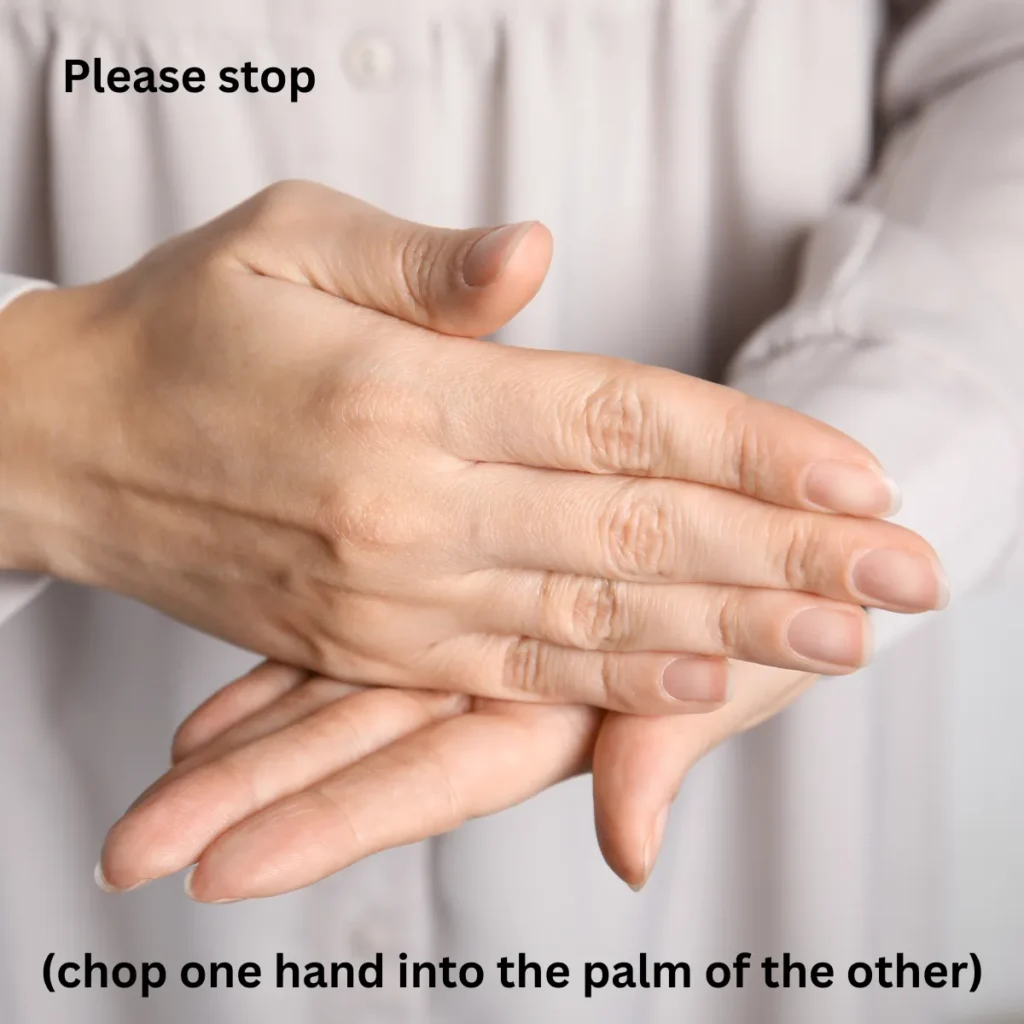
👤 User A signs: Stop (chop one hand into the palm of the other), please
👤 User B signs: Okay. (Stops)
Background:
Softens an urgent command—useful in high-stress or disciplinary situations.
13. Please open the door
👤 User A signs: Door + Open + please
👤 User B signs: (Opens door)
Background:
Frequently used in hospitality or when hands are full—a polite, silent request.
14. Please call me
👤 User A signs: Call (phone gesture), please
👤 User B signs: (Nods and signs “later”)
Background:
Useful for requesting a video chat or relay call—”call” can refer to visual communication too.
15. Please repeat
👤 User A signs: Repeat (circular motion back to palm), please
👤 User B signs: Sure! (Repeats sign)
Background:
Very common in classrooms, ASL courses, or when clarification is needed.
FAQs
1. How do you sign “Please” in American Sign Language (ASL)?
Place your flat hand on your chest and move it in a circular motion to politely request something.
2. Can “Please” be used with other signs?
Yes! You can combine it with thank you, help, or excuse me to make your requests more polite.
3. How do I sign “Thank You” in ASL?
Touch your fingertips to your chin and move your hand forward toward the person you are thanking.
4. How do I politely say “Sorry” in sign language?
Make a fist and rub it in a circular motion over your chest to show an apology.
5. How do I ask for “Help” politely?
Place one flat hand palm up and lift your other fist from it—this shows a respectful request for help.
6. Can kids use “Please” in sign language?
Yes! Children can learn the please gesture early to communicate politely with parents, teachers, and peers.
7. How do I say “More” in sign language?
Tap the fingertips of both hands together to request more of something politely.
8. Are there gestures for everyday requests like “Eat” or “Drink”?
Yes! Bring fingers to your mouth for eat and pretend to sip from a cup for drink—both can be paired with please.
9. How do I politely get someone to wait in ASL?
Hold one flat hand and wave the other hand on top in a gentle motion to say “wait, please.”
10. Why is learning “Please” in sign language important?
Using please makes your requests polite, respectful, and friendly, improving communication in social, educational, or public settings.
Conclusion:
Learning how to say please in sign language is more than just a polite gesture—it’s a bridge of respect and kindness. By practicing this simple sign, you not only improve your ASL skills but also create stronger, more meaningful connections. Whether in everyday interactions or special moments, showing courtesy through sign language makes communication warmer and more inclusive.
